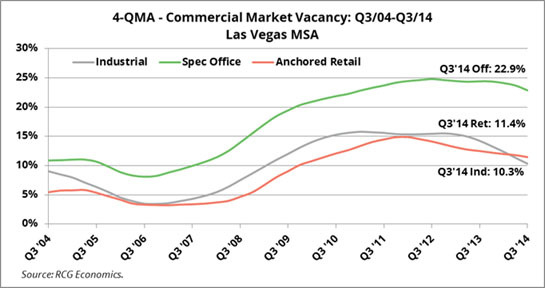
Whenever tax reform is discussed in Nevada, as is being done again ahead of the 2015 legislative session, a sales tax on services is bandied about as a possibility.
Sales taxes first came into use as state revenue generators during the Great Depression. More than half of state sales taxes were established during the 1930s, and a second wave occurred after World War II. Several more followed in the 1960s as states sought to expand financing for K-12 education. Forty-five states impose a broad-based retail sales tax and many have adopted a services tax, too.
Recent public finance literature on the topic can be generally summarized by a succinct statement from a 2009 study by economist Michael Mazerov:
“Levying sales taxes on services makes state tax systems fairer, more stable, more economically neutral, and easier to administer.”
Perhaps. But only if the lawmakers levying the tax understand the particulars of their economic system and strive to ensure it is fair and neutral — or as impartial as possible in a real world in which absolute fairness is as likely as unicorns.
If they choose to extend Nevada’s sales tax to services, one of the greatest challenges facing lawmakers is unambiguously defining the services they intend to tax as well as those they wish to exempt. For example, would the law refer generally to taxes or fees on “participant sports” or more specifically on “admissions” and/or “sports equipment rentals”? And who would be exempt?
Similar questions should be asked for every Nevada service sector.
States vary widely in their exemption practices. Industry-specific exemptions are common, especially in cases where a new tax would be levied on already-taxed transactions, as could be the case with Nevada’s real property transfer tax. Any new tax on a service resulting in a tax on top of an existing tax should be considered for an exemption. However, too many exemptions can cause misunderstandings and misapplications of a tax, interpretive disputes, and complicated audits.
With or without exemptions, Nevadans could expect to see an increase in service and product prices if even some services are taxed. No industry will willingly absorb the entirety of new costs, although they may be willing to mitigate them to a degree. This is especially relevant when considering pyramiding — the levying of service taxes on prior taxes already included in successive business-to-business transactions.
For example, under a service tax system that allows pyramiding, a law firm purchasing marketing services from an outside vendor will pay a service tax on the marketing services and then include that total cost in their service price. The legal services consumer will then pay a services tax that results in an effective doubling of the rate.
A work-around might be to tax only those services delivered to end-user consumers, exempting taxes on all or most business inputs. If not, the result would often be a tax on a tax, making products and services less competitive when compared with the cost structure of products or services that are taxed only on final sales.
Additionally, without a pyramiding fix, larger companies with vertical integration and in-house production capabilities would have an advantage over smaller companies that must contract out during the manufacturing process, paying a tax on each purchase.
Another service tax issue is the inequity created when the sales tax applies to household necessities, which account for a greater percentage of income of low-income people and households. This problem creates a regressive structure that is generally undesirable. It can be reduced through exemptions such as for inputs related to manufacturing items such as food and medicine.
One of the best arguments for a service tax is that household spending will continue to shift toward services and would thus be a growing revenue source. For example, spending on health and elder care services will grow as baby boomers age. Also, as society has more affluent members, the desire for more leisure time grows, leading to spending on services such as housekeepers and lawn care. Affluent individuals tend to purchase more services than those with lower household incomes, so a service tax is considered a progressive tax — as long as the aforementioned appropriate exemptions are included to mitigate regressiveness and ensure pyramiding does not trickle down to low-income consumers.
As for revenue estimates, the amount generated depends entirely on the rate and the tax-base combined with future economic factors that can only be approximated. Informed approximations are possible. Exact numbers are not. According to the Federation of Tax Administrators, a majority of states with a sales tax apply it to less than 33 percent of 168 potentially taxable services, and five of the 45 states with sales taxes impose them on fewer than 20 services.
Depending on how Nevada lawmakers structured a services tax, revenue could produce hundreds of millions of dollars — or far less.
John Restrepo is principal of RCG Economics, a Las Vegas-based economic and real estate market consulting firm.






